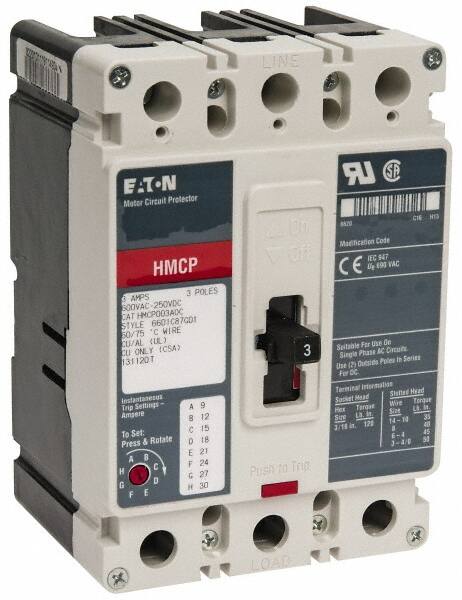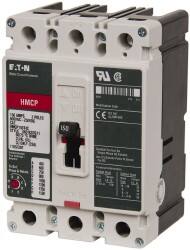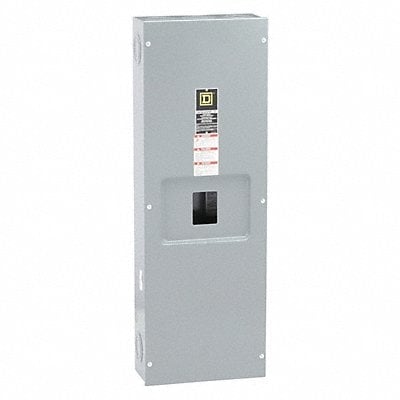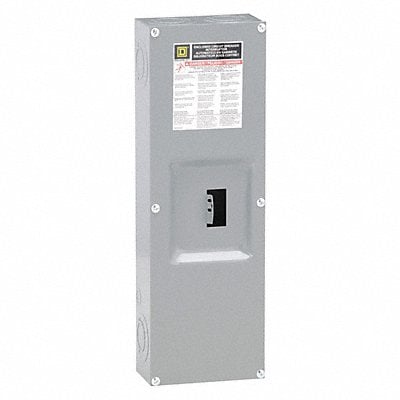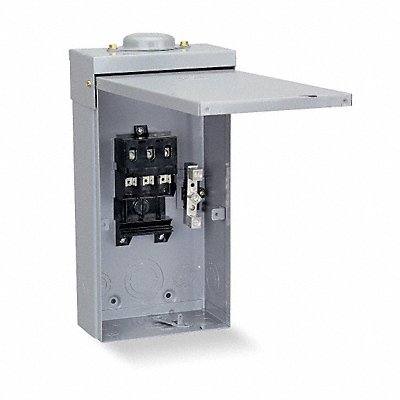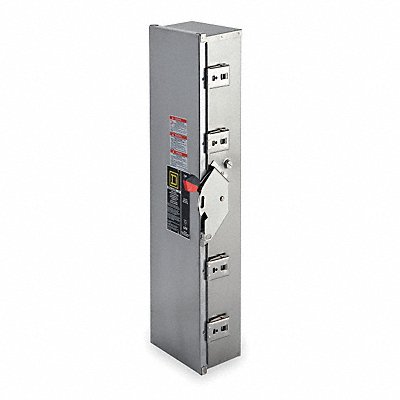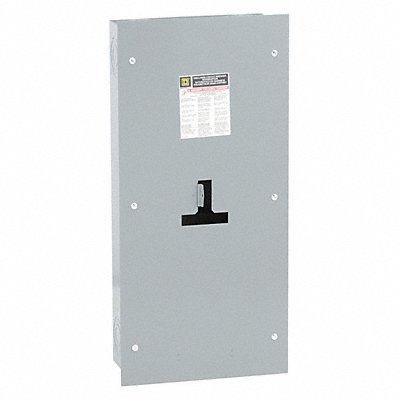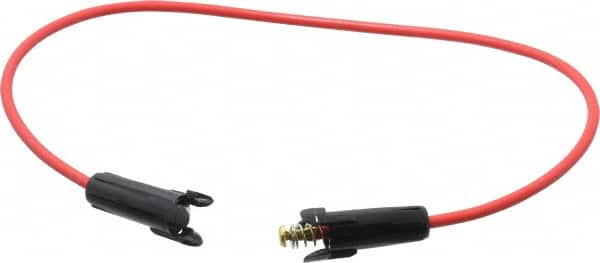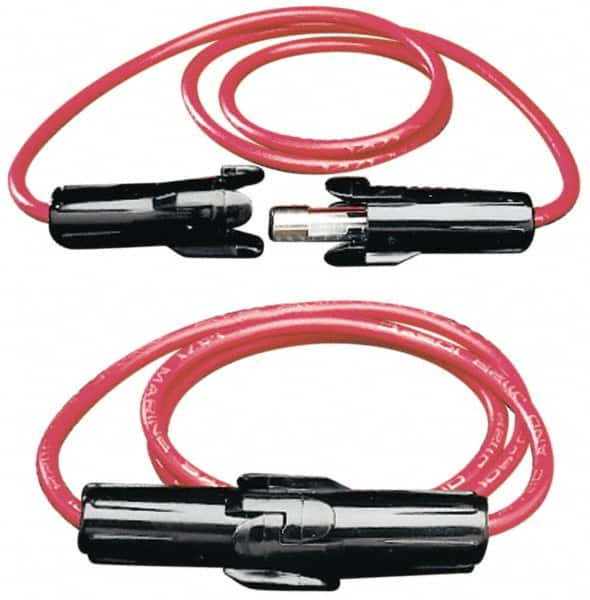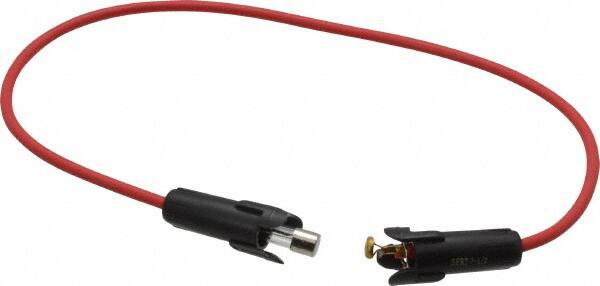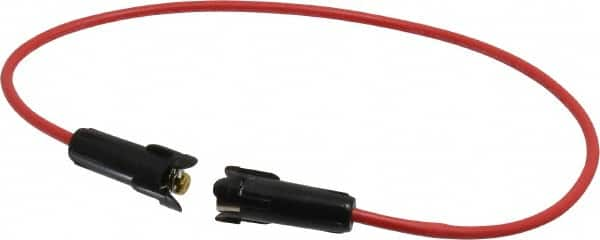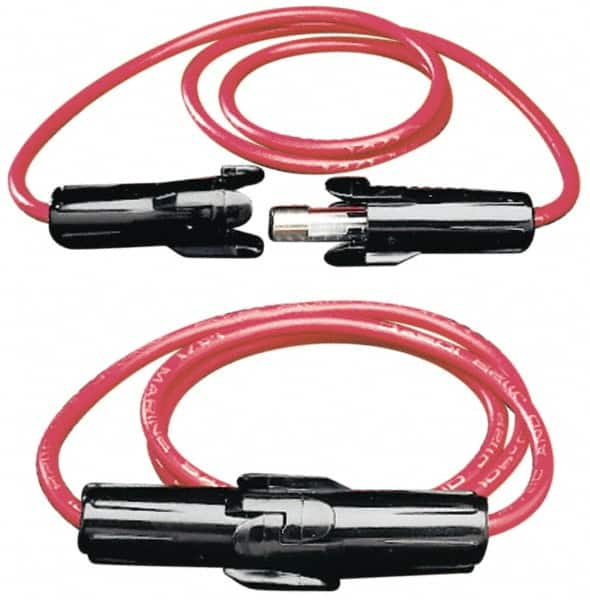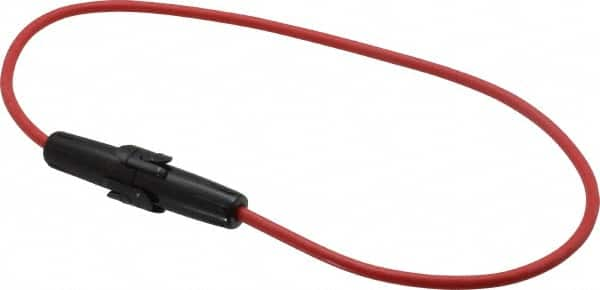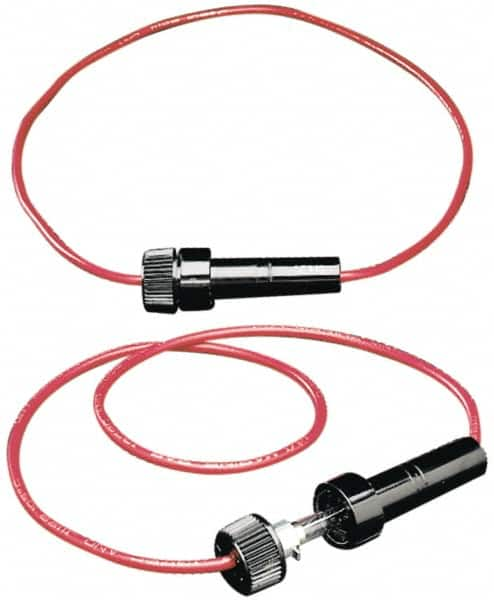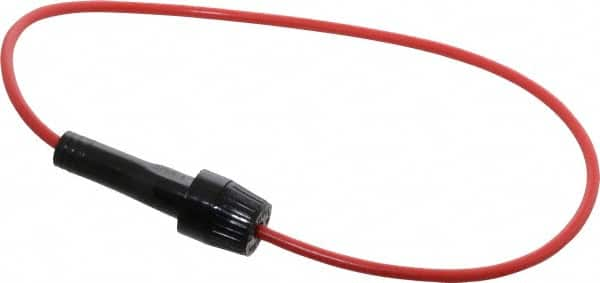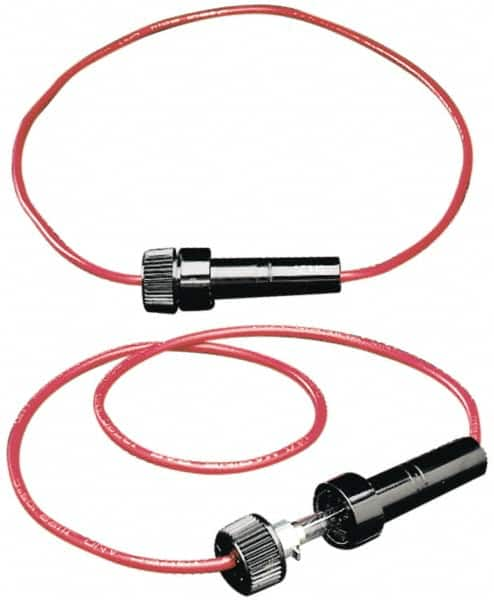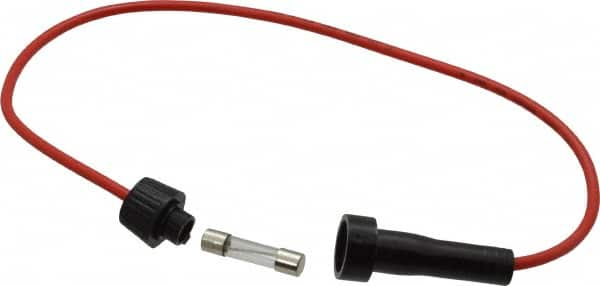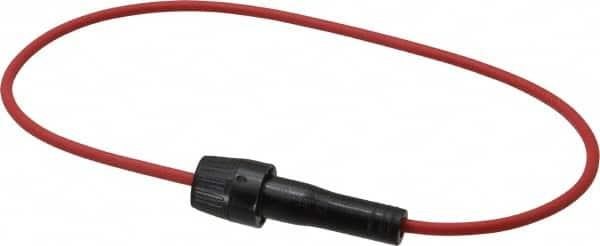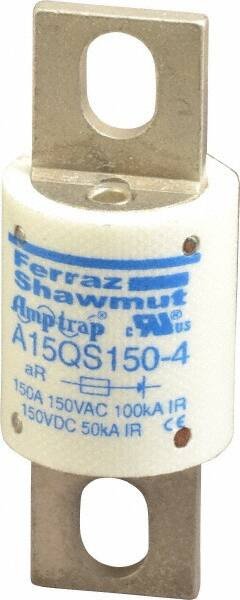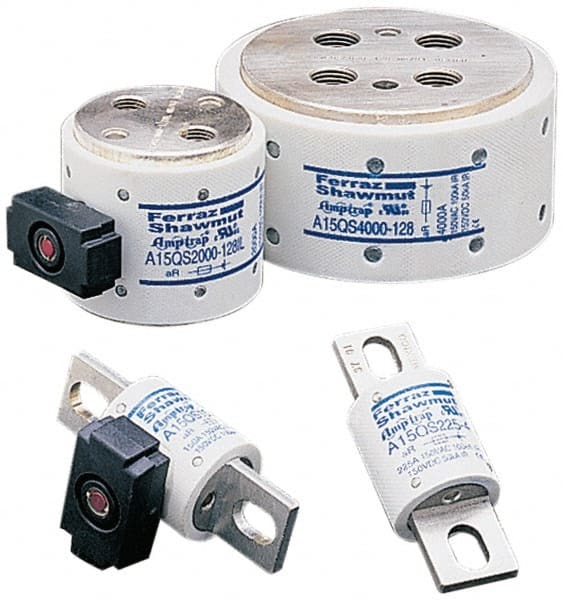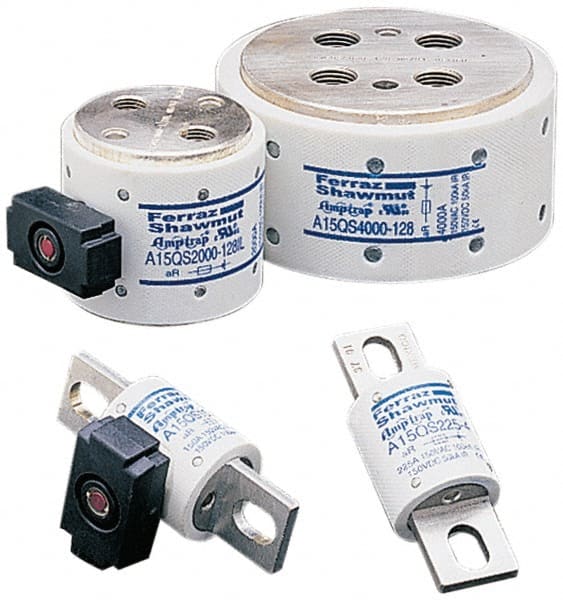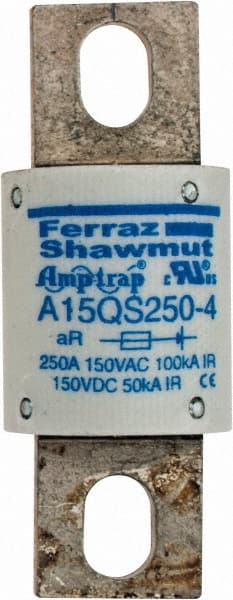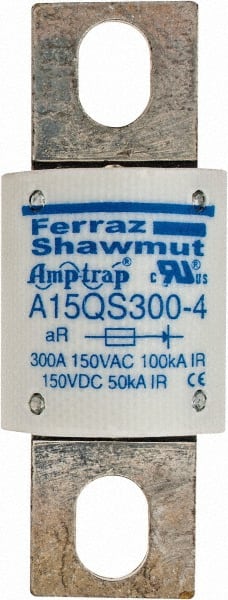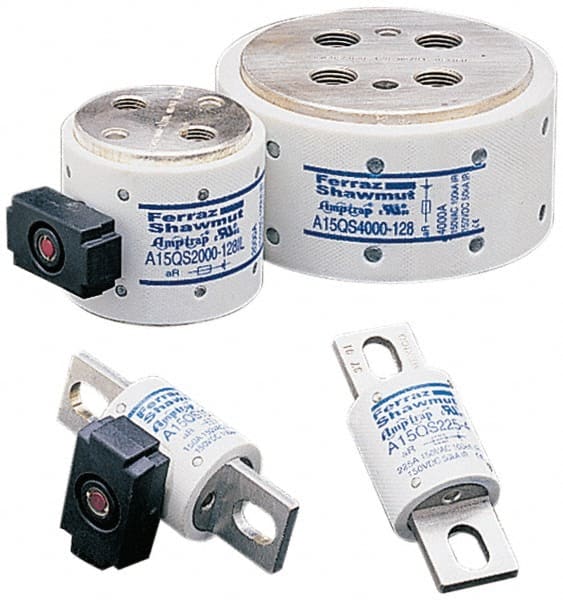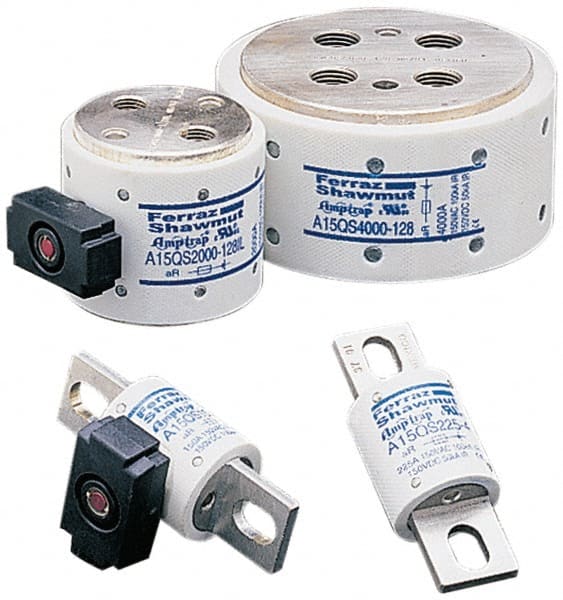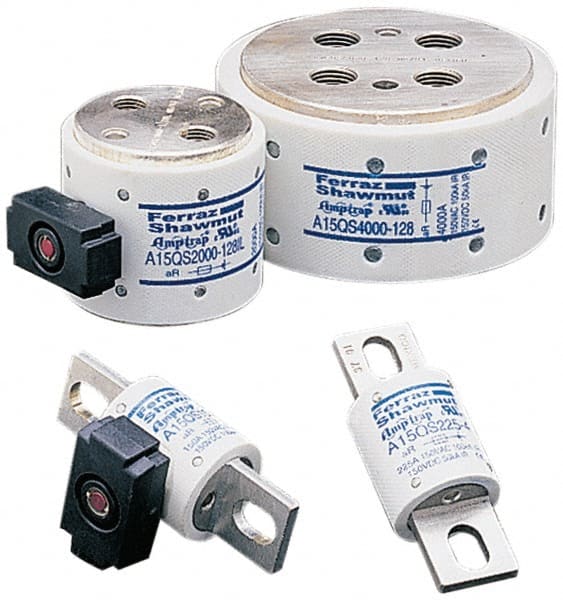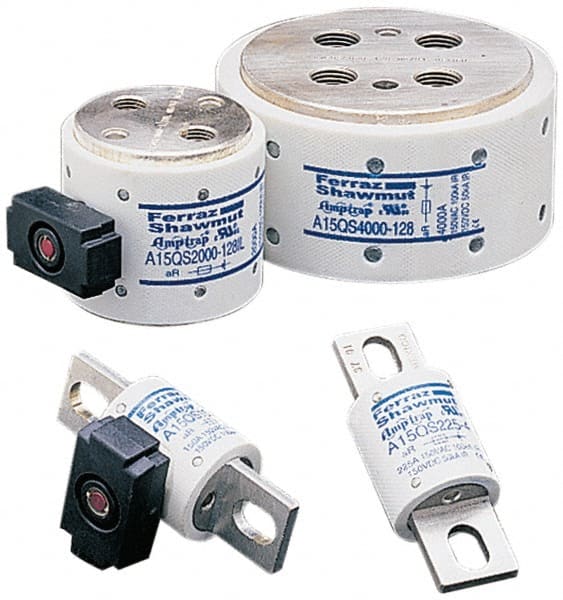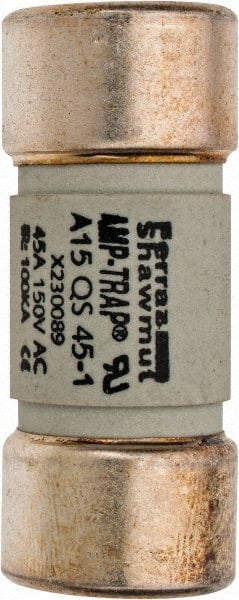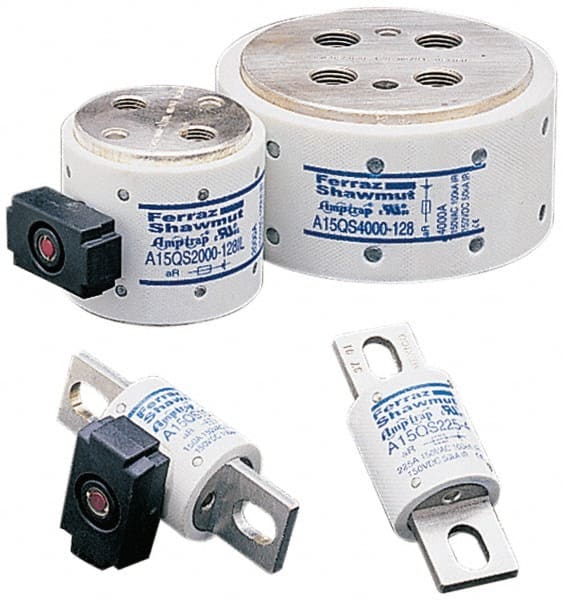Understanding Circuit Breakers: A Beginner's Guide

Introduction to Circuit Breakers
Circuit breakers are essential electrical devices that interrupt the flow of electricity when a fault is detected. They play a vital role in protecting electrical systems from damage caused by overloads or short circuits. Explore Circuit Breakers on GoVets.
Types of Circuit Breakers and Their Definitions
Standard Circuit Breakers:
- Description: Standard Circuit Breakers are fundamental protection devices that guard against overloads and short circuits. They detect when the current exceeds a predetermined level and interrupt the flow to prevent damage.
- Benefits & Main Features: Reliable, cost-effective, and widely available. They offer basic protection and are essential in almost all electrical systems.
- Typical Applications: Common in both residential and commercial applications, including lighting circuits, appliance circuits, and general power distribution.
- Explore Circuit Breakers on GoVets.
Ground Fault Circuit Interrupters (GFCIs):
- Description: GFCIs protect against ground faults by monitoring the imbalance between the incoming and outgoing current. If an imbalance is detected, it trips the circuit, reducing the risk of electric shock.
- Benefits & Main Features: Enhanced safety, especially in wet or damp locations. They are sensitive to ground faults and act quickly to prevent injuries.
- Typical Applications: Primarily used in residential settings, especially in bathrooms, kitchens, and outdoor outlets.
Arc Fault Circuit Interrupters (AFCIs):
- Description: AFCIs protect against arc faults, which are unintended arcs that can cause fires. They detect arcing conditions and interrupt the circuit to prevent potential hazards.
- Benefits & Main Features: Increased fire safety by detecting dangerous arcing conditions. They are essential in modern electrical safety standards.
- Typical Applications: Common in residential buildings, particularly in bedrooms and living areas where wiring is concealed.
Combination Arc Fault Circuit Interrupters (CAFCIs):
- Description: CAFCIs offer combined protection against both parallel and series arc faults. They provide comprehensive safety by guarding against a broader range of arcing conditions.
- Benefits & Main Features: All-in-one protection against various arcing faults, enhancing overall safety and reducing the need for multiple devices.
- Typical Applications: Suitable for both residential and commercial applications where comprehensive arcing protection is desired.
Breaker Panels
Breaker panels are the heart of an electrical system, housing the circuit breakers and distributing electricity throughout the building. Here's a closer look at the different types:
Main Breaker Panels:
- Description: Main Breaker Panels serve as the central control for the electrical system. They contain a main breaker that can shut off all power to the property.
- Benefits & Main Features: Offers a single point to control and disconnect the entire electrical system. Essential for safety and maintenance.
- Typical Applications: Used in both residential and commercial buildings as the primary electrical panel.
Subpanels:
- Description: Subpanels are secondary control panels that distribute power to specific areas or functions within a building.
- Benefits & Main Features: Allows for localized control and can make the electrical system more organized and efficient.
- Typical Applications: Often used in commercial enterprises and large residential properties to manage different zones or functions.
Fuse Boxes:
- Description: Fuse Boxes are older systems that use fuses instead of circuit breakers to protect against overloads and short circuits.
- Benefits & Main Features: Provides basic protection, though considered less convenient and safe compared to modern breaker panels.
- Typical Applications: Commonly found in older residential properties; they are often replaced with modern breaker panels in renovations.
Explore All Breaker Panels on GoVets.
Knowing and Handling Circuit Breakers
Recognizing a Triggered Circuit Breaker
A triggered circuit breaker will typically move to the "off" position. Recognizing a defective breaker is vital for safety and functionality. Signs include:
- Failure to Reset: If the breaker doesn't reset, it may be faulty.
- Burning Smell: This could indicate overheating or other electrical issues.
- Visible Damage: Cracked fixtures, frayed wires, or burn marks often indicate a problem and require immediate replacement or professional inspection.
- Frequent Power Surges: May indicate an overloaded circuit or short circuit, requiring immediate electrical inspection or an upgrade.
Changing Modern Circuit Breakers
Standard Breakers:
- Turn Off the Main Power: Ensure the main power switch in the electrical panel is turned off to prevent any electrical shock.
- Locate the Breaker: Find the specific breaker that needs to be replaced.
- Remove the Breaker: Carefully unclip or unscrew the old breaker from the panel.
- Disconnect Wires: Carefully disconnect the wires from the old breaker, noting their positions.
- Insert the New Breaker: Connect the wires to the new breaker in the same position as the old one, then clip or screw it into place.
- Turn On the Breaker: Switch on the new breaker.
- Restore Main Power: Turn the main power back on and check the new breaker's operation.
GFCI and AFCI Breakers:
The process is similar to standard breakers, but with additional care due to the sensitivity of these devices.
- Turn Off the Main Power: Always start by turning off the main power.
- Locate and Remove the Breaker: Find and carefully remove the GFCI or AFCI breaker.
- Disconnect Wires: Disconnect the wires, paying attention to the additional connections specific to GFCI or AFCI breakers.
- Insert the New Breaker: Connect the wires to the new breaker, following the specific instructions for GFCI or AFCI connections.
- Test the Breaker: Before restoring the main power, use the test button on the breaker to ensure it's working correctly.
- Restore Main Power: Turn the main power back on and check the operation.
Different breaker panels may require specific procedures. Always refer to the manufacturer's instructions and consult with a professional electrician if needed.
Testing and Troubleshooting
Various tools can be used to test breakers, each serving a specific purpose:
Cable Testers:
- Description: Cable Testers are used to test the continuity and strength of a cable. They can detect if there are any breaks or faults within the cable, ensuring that the electrical connection is secure and reliable.
- Applications: Ideal for checking the integrity of network cables, power cables, and other wiring systems.
- Shop Cable Testers on GoVets.
Circuit Breaker Finders:
- Description: Circuit Breaker Finders are specialized tools that help locate the correct circuit breaker in a panel box. By sending a signal through the circuit, they identify the corresponding breaker, saving time and reducing the risk of errors.
- Applications: Useful for electricians and DIY enthusiasts when working on electrical projects that require identifying specific breakers in a panel.
- Shop Circuit Breaker Finders on GoVets.
Circuit Continuity and Voltage Testers:
- Description: Circuit Continuity and Voltage Testers are versatile tools that test both the continuity and voltage in a circuit. They can detect if a circuit is complete (continuity) and measure the voltage level, ensuring that the circuit is operating within the desired parameters.
- Applications: Essential for troubleshooting electrical problems in various settings, including residential, commercial, and industrial environments. They are a must-have tool for electricians and maintenance professionals.
- Shop Circuit Continuity and Voltage Testers on GoVets.
These tools are essential for ensuring the proper functioning of circuit breakers and identifying any potential issues. By understanding the specific functions and applications of each tool, professionals and DIY enthusiasts can select the right tool for their needs and work with confidence in maintaining and troubleshooting electrical systems.
Longevity, Replacement, and Precautions
Longevity:
- Description: Circuit breakers are designed to last a significant amount of time, typically ranging from 25 to 40 years in both residential and commercial environments. Their lifespan can vary based on usage, quality, and environmental factors.
- Considerations: Regular inspection and maintenance can extend the life of breakers. However, outdated or worn-out breakers should be replaced to ensure safety and efficiency.
Symptoms of Defective Breakers:
- Frequent Tripping: If a breaker trips frequently, it may be a sign of an underlying issue, such as an overloaded circuit or a faulty breaker itself.
- Physical Damage: Visible cracks, burns, or other physical deformities are clear indicators of a defective breaker that needs immediate replacement.
- Unusual Noises: Buzzing or humming noises may signal internal problems within the breaker, warranting further inspection or replacement.
Precautions:
- Use Proper Tools: Utilizing the right tools for inspection, testing, and replacement ensures safety and accuracy in handling breakers.
- Wear Protective Gear: Safety gloves, goggles, and other protective gear minimize the risk of electric shock or injury. Find Protective Gear on GoVets.
- Stick to the Same Brand or Choose the Highest Quality Breakers: Consistency in brand may ensure compatibility and performance, but opting for high-quality breakers from reputable manufacturers is equally important.
Why Choose GoVets for Electrical Needs
Extensive Product Range:
- Description: GoVets offers a comprehensive selection of electrical components. From circuit breakers and breaker panels to testing tools and protective gear, you can find everything you need in one place.
- Benefits: The wide variety ensures that customers can find products that fit their specific requirements, whether for residential, commercial, or industrial applications.
- Explore Electrical Products on GoVets.
Free Shipping:
- Description: GoVets provides 100% free shipping within the 48 contiguous United States, making it convenient and cost-effective for customers.
- Benefits: This service enhances the shopping experience, allowing customers to purchase without worrying about additional shipping costs.
Quality Products:
- Description: GoVets is committed to offering only top-quality products from reputable brands. Each product is carefully selected to ensure reliability and performance.
- Benefits: Customers can trust that they are purchasing durable and efficient products that meet industry standards.
Support for Veteran Causes:
- Description: As a socially responsible business, GoVets contributes a portion of each sale to veteran non-profit causes of national significance.
- Benefits: Shopping with GoVets means supporting a noble cause, contributing to the welfare of veterans, and promoting social responsibility.
Exceptional Customer Service:
- Description: GoVets prioritizes customer satisfaction, providing support through various channels, including phone, email, and live chat.
- Benefits: Customers can rely on prompt and personalized assistance, enhancing their overall shopping experience.
Trust and Accreditation:
- Description: GoVets is a BBB-Accredited Business and a VA-Verified Serviced-Disabled Veteran-Owned Small Business (SDVOSB), reflecting its commitment to ethical business practices and customer satisfaction.
- Benefits: These accreditations instill confidence in customers, knowing that they are dealing with a trustworthy and transparent business.
Choosing GoVets for electrical needs is more than just a shopping decision; it's a commitment to quality, convenience, social responsibility, and trust. With an extensive product range, free shipping, quality assurance, support for veteran causes, exceptional customer service, and recognized accreditations, GoVets stands as the go-to destination for all electrical needs. Whether you're a professional contractor, a business owner, or a DIY enthusiast, GoVets offers a seamless and satisfying shopping experience. If you have any more specific requests or need further details, please let me know!
Circuit Breaker Recommendations:
-
Regular Price $2297.19 Special Price $1123.49
-
Regular Price $2009.67 Special Price $1063.29
-
Regular Price $2297.19 Special Price $1226.79
-
Regular Price $2297.19 Special Price $1295.29
-
Regular Price $2554.37 Special Price $1033.79
-
Regular Price $3061.53 Special Price $1236.29
-
Regular Price $3437.81 Special Price $2025.79
-
Regular Price $4963.00 Special Price $2416.79
-
Regular Price $4432.65 Special Price $1789.79
Shop All Circuit Breakers on GoVets
Circuit Breaker Enclosure Recommendations:
Shop All Circuit Breaker Enclosures on GoVets
Electrical Circuit Protection Recommendations:
-
Regular Price $11.05 Special Price $6.79
-
Regular Price $11.05 Special Price $6.79
-
Regular Price $2297.19 Special Price $1123.49
-
Regular Price $2009.67 Special Price $1063.29
-
Regular Price $2297.19 Special Price $1226.79
-
Regular Price $2297.19 Special Price $1295.29
-
Regular Price $2554.37 Special Price $1033.79
-
Regular Price $3061.53 Special Price $1236.29
-
Regular Price $3437.81 Special Price $2025.79
-
Regular Price $4963.00 Special Price $2416.79
-
Regular Price $4432.65 Special Price $1789.79
-
Regular Price $27.61 Special Price $12.49
-
Regular Price $18.36 Special Price $13.29
-
Regular Price $209.46 Special Price $109.79
-
Regular Price $27.61 Special Price $14.99
-
Regular Price $117.16 Special Price $56.99
-
Regular Price $18.39 Special Price $10.29
-
Regular Price $103.41 Special Price $52.49
-
Regular Price $80.22 Special Price $23.49
-
Regular Price $369.32 Special Price $220.99
-
Regular Price $18.36 Special Price $13.79
-
Regular Price $96.64 Special Price $52.49
-
Regular Price $18.27 Special Price $12.49
-
Regular Price $101.95 Special Price $52.49
-
Regular Price $41.95 Special Price $23.29
-
Regular Price $117.16 Special Price $56.99
-
Regular Price $41.95 Special Price $28.49
-
Regular Price $62.91 Special Price $33.99
-
Regular Price $27.61 Special Price $12.49
- Veteran Spotlight
- GoVets Solutions
- Buying Guides & Projects
- Shopping Trends
- Prime Contractor Resources
- Business & Entrepreneur Resources
- GoVets Giving
- Online Security and Shopping Safety
- GoVets Top Selling Products
- Veteran Resources
- Product Spotlights
- Technology Updates
- GoVets Medallion Updates
- Government Updates
- GoVets Capabilities
- Press Releases
- Promotion Updates
- Industry Trends


